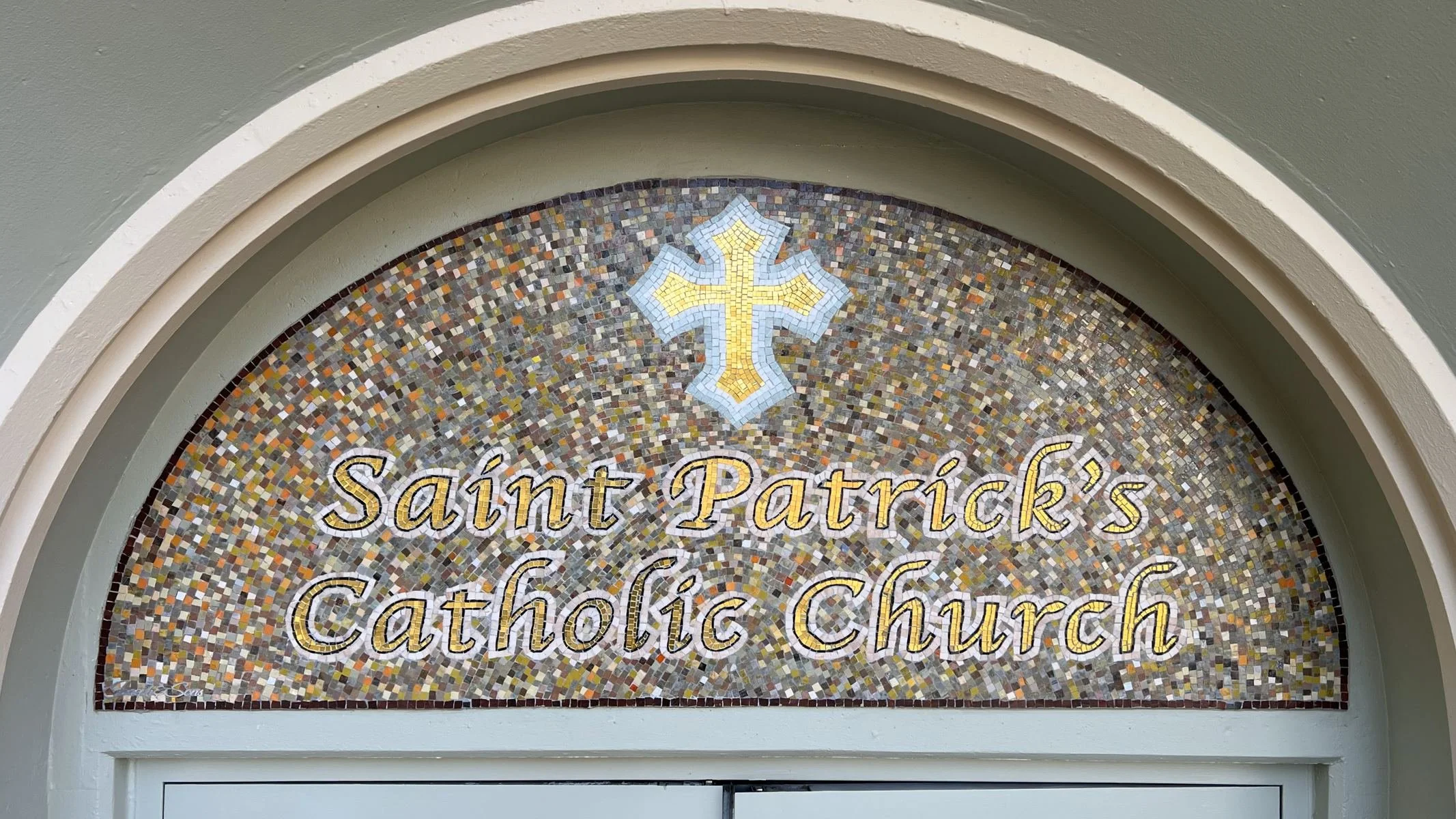Mosaic Art from Around the World: A Global Tour of Timeless Beauty
Mosaic Art from Around the World: A Global Tour of Timeless Beauty
Few art forms transcend geography, religion, and time the way mosaics do. Whether on a cathedral ceiling in Italy, a bathhouse floor in Turkey, or a contemporary mural in Brazil, mosaic art from around the world showcases humanity’s enduring passion for storytelling through texture, color, and craftsmanship.
This global journey explores how different regions have adopted and adapted mosaic techniques to reflect their unique histories and cultures. From the ancient to the avant-garde, let’s dive into the most captivating examples of mosaic art from around the world.
1. Italy: The Birthplace of Classical Mosaic Mastery
It’s impossible to discuss mosaic art from around the world without beginning in Italy. The Roman Empire not only perfected the technique but also spread its aesthetic throughout Europe and the Mediterranean.
Famous Example:
The mosaics of Pompeii and Herculaneum stand as testaments to Roman artisanship. Floors, courtyards, and baths featured intricate black-and-white geometric designs and elaborate mythological scenes made from tiny tesserae.
Even centuries later, Italy continued to lead in mosaics with the glittering Byzantine masterpieces in Ravenna’s churches, where religious imagery is immortalized in gold and jewel-toned tiles.
2. Turkey: Where East Meets West in Glorious Color
As the capital of both the Byzantine and Ottoman Empires, Istanbul (formerly Constantinople) is a treasure trove of mosaic marvels. Mosaic art from around the world draws immense influence from this region’s religious and architectural fusion.
Famous Example:
The Hagia Sophia's dazzling mosaics are among the most iconic in history. Ornate religious imagery created with gold and glass mosaics dazzle viewers with their detail and divine symbolism, bridging the worlds of Christianity and Islam.
3. Spain: Gaudí’s Whimsical Mosaic Revolution
Spain brought new life to mosaic traditions through the visionary work of architect Antoni Gaudí. His approach combined ceramic tile shards with irregular shapes and colorful designs, birthing a technique known as “trencadís.”
Famous Example:
Barcelona’s Park Güell is a vibrant fantasy land where mosaic art from around the world takes a playful turn. Serpentine benches, mosaic lizards, and fantastical structures merge nature with architecture, making Gaudí’s work a cornerstone of modernist design.
4. Morocco: Geometric Harmony and Islamic Artistry
Islamic art often avoids figurative imagery, focusing instead on complex geometric patterns and symmetry. In Morocco, this manifests through "zellige" – intricate, hand-cut tile mosaics that adorn fountains, courtyards, and mosques.
Famous Example:
The Al-Attarine Madrasa in Fez showcases some of the most jaw-dropping examples of Moroccan mosaic design. Here, mathematical precision meets spiritual beauty, illustrating the sacred balance between art and religion.
Mosaic art from around the world doesn’t just express culture—it preserves it.
5. Mexico: Vibrant Folk Traditions and Public Expression
Latin American mosaic art is rooted in indigenous craft traditions and Spanish colonial influence, but Mexico has made it uniquely its own. Color, emotion, and symbolism define the region’s visual language.
Famous Example:
The University City campus of UNAM in Mexico City features the massive mosaic mural by Juan O'Gorman. With thousands of colored tiles, it narrates Mexico’s social and political history—a vivid example of mosaic art from around the world used for storytelling on a monumental scale.
6. India: Spiritual Symbolism in Stone and Glass
India’s art history includes countless intricate mosaics, particularly in temples and palaces where stones and mirrors are used to amplify light and invoke the divine.
Famous Example:
The Sheesh Mahal (Mirror Palace) in Rajasthan is covered in small mosaic mirrors and colored glass arranged into floral and celestial patterns. These reflective mosaics create a mystical ambiance, often used during rituals and celebrations.
7. United States: Modern Revival and Urban Expression
While mosaics have ancient roots, America has embraced the medium as a modern art form—especially in public installations, community projects, and contemporary galleries.
Famous Example:
New York City’s subway mosaics are a modern marvel, blending storytelling and urban identity. Each station becomes a canvas for contemporary mosaic art from around the world, often reflecting the neighborhood’s culture and history.
A World United Through Mosaic
From ancient temples to bustling subways, mosaic art from around the world connects us across borders, eras, and ideologies. Each region infuses its mosaics with unique traditions, materials, and messages—yet all reflect the same human desire to create something lasting and beautiful.
Whether you're an art historian, traveler, or simply someone who appreciates timeless design, mosaics invite you to see the world through a lens of intricate detail and cultural pride.
Are you interested in a custom mosaic?
Contact us today for a free consultation.


